Explore The Forgotten Rocket Bases That Once Sent Americans To The Moon
Miller was totally mesmerized by space at an early age "like most kids growing up in the 1960s," he says. It seemed magical to him at the time. "I can clearly remember the night Neil Armstrong and Buzz Aldrin walked on the moon," he tells Business Insider.

But it wasn't until the early 1990s that Miller began shooting this project. He was teaching photography in Brevard County, Florida, about a 30 minute drive from Cape Canaveral. A friend of his was cleaning out an office building on the grounds and had discovered an old photo studio. He asked Miller to help him dispose of the old photo processing chemicals safely.
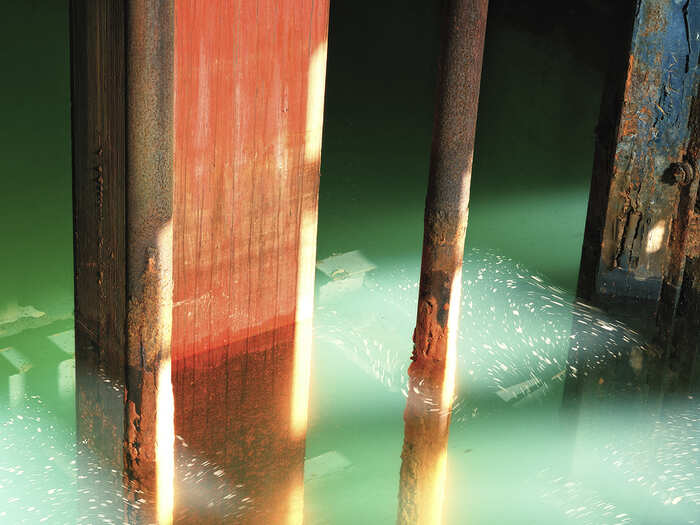
During that time, "I visited Launch Complex 19, the Gemini launch complex, and I knew immediately I wanted to photograph it," Miller says.

The chance encounter inspired Miller to photograph more of the base. As different programs and areas of the facility were decommissioned, Miller gained access and made more work.
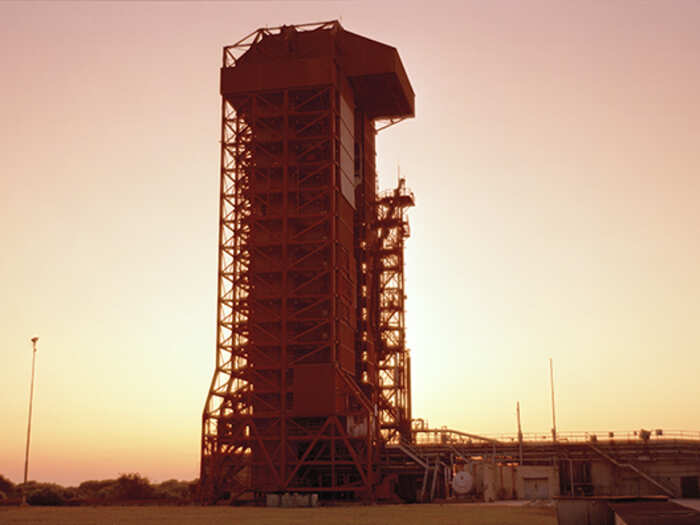
It was another chance encounter that sparked Miller to expand the series. An early showing of the photographs in Huntsville, Alabama, gave him the opportunity to photograph at the Marshall Space Flight Center. "I quickly realized that I should expand the project and photograph at other space centers and test facilities," he explains.
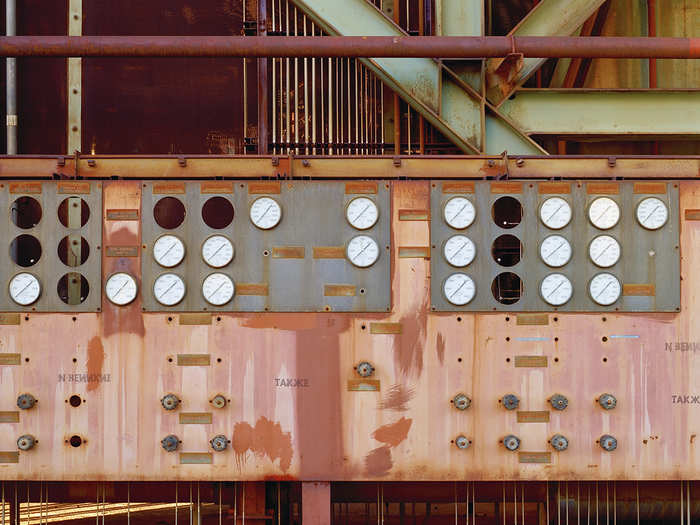
Since then, Miller has photographed across the US at NASA, Air Force, Army and commercial space launch and test sites, capturing these historical places in an effort to preserve them before they are gone for good. Miller estimates that 50% are already demolished now.
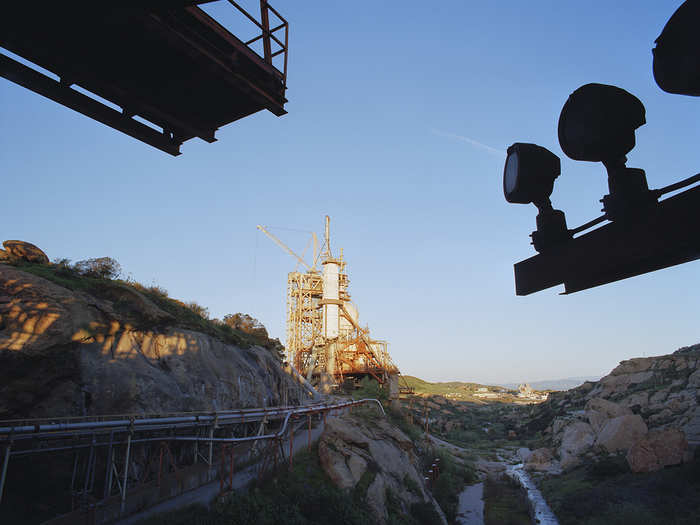
Gaining access to these bases was not always easy. Sometimes it took years and several different plans of attack to finally be approved and escorted on the grounds. But, as he produced more work and showed the photographs to authorities, they began to became more supportive of the project.

Through the photographing of these places, Miller says he gained a better understanding of the huge amount of intelligence, creativity, and work that went in to the space program, especially during the Cold War. "I am humbled by the ingenuity and dedication of the individuals who designed, built, and operated these facilities," he says.
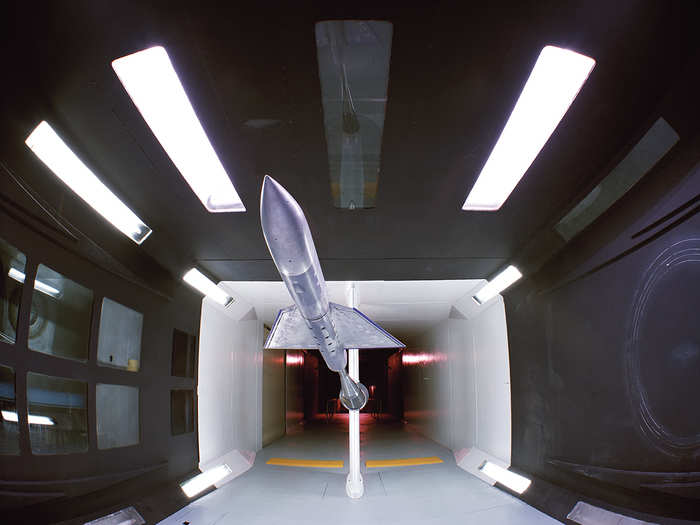
He says he was lucky enough to meet many of these smart, hard-working people who contributed to the work. He tells Business Insider, "Whether custodians or rocket scientists, they all understood what beating the Russians to the moon meant to the United States."
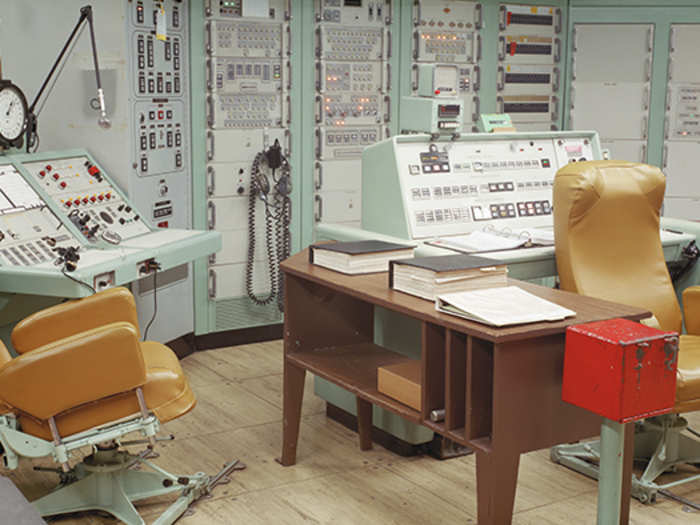
Miller continues: "I think landing a man on the Moon will stand as one of the greatest technological and exploration achievements in history. I think it says that we, as a nation, can do amazingly difficult things if we put our hearts, minds, and ingenuity to work."
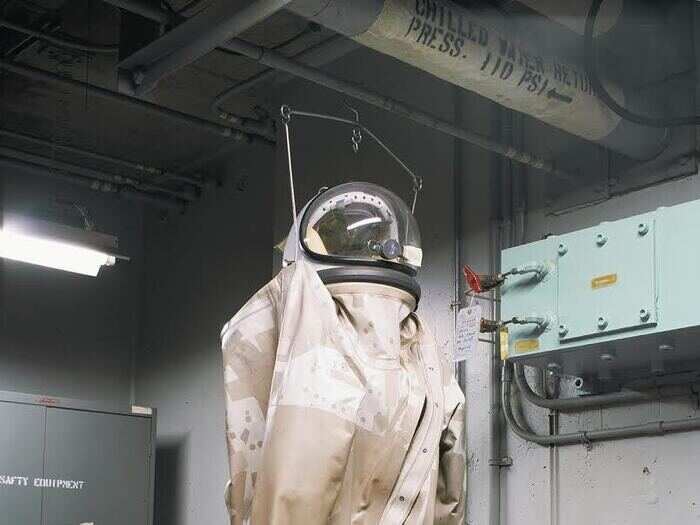
Miller also hopes viewers will ask questions about why the public lost interest in the space program after the initial few moon landings. When asked whether he thinks enough has been done to save these facilities from abandonment and decay, Miller explains that he certainly wishes "more could be done to preserve these sites, but the reality is that the funding does not exist."
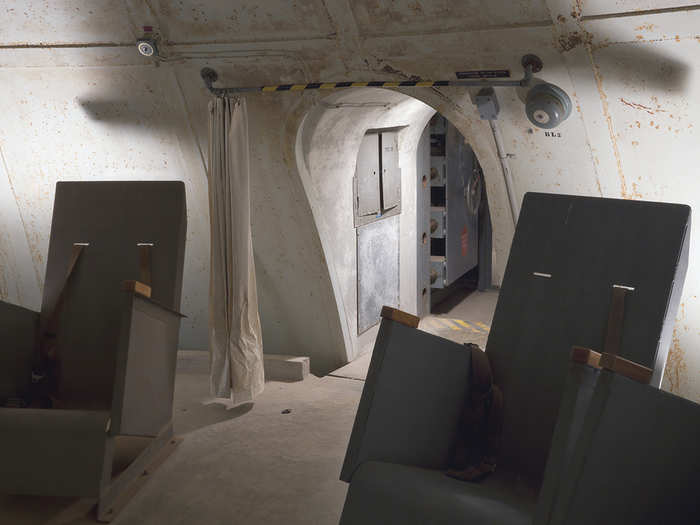
Miller believes future of space exploration is bright, though. The past week has been an incredibly difficult and tragic one for commercial spaceflight, but Miller sees commercialization as a natural progression.

But, he says, spaceflight is risky business and no one in the industry takes their work lightly. He explains further: "There is a small plaque on the launch pedestal at Launch Complex 34 commemorating the Apollo One spacecraft fire that occurred there in January of 1967. It reads, 'Ad Astra Per Aspera -a rough road leads to the stars.' Amen."
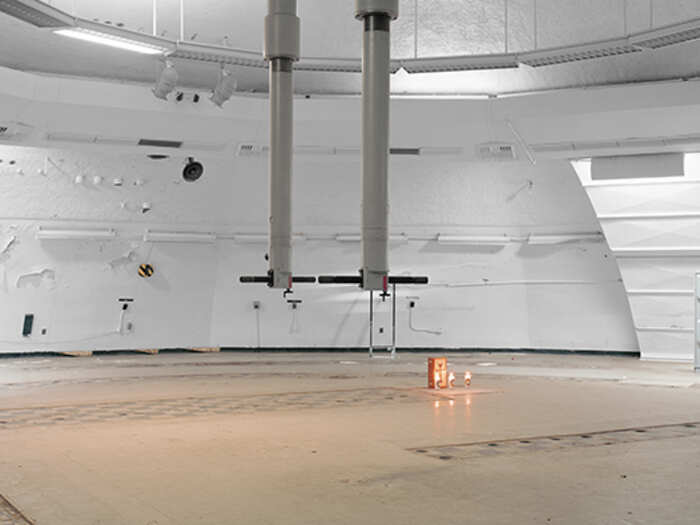
Want to see more relics of our government's past?
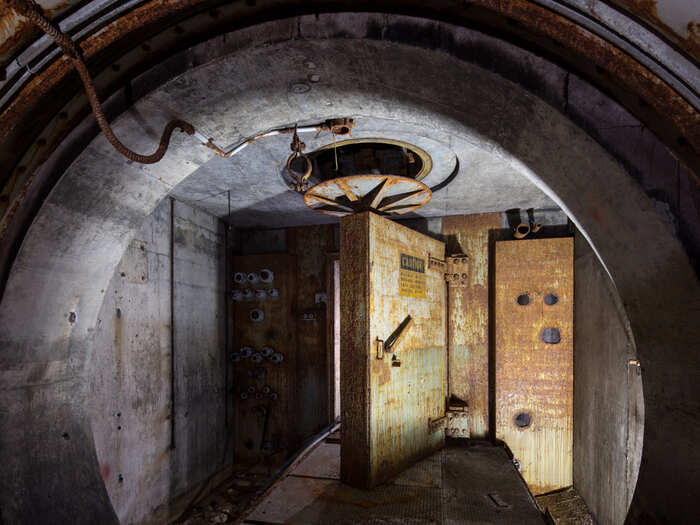
Popular Right Now
Popular Keywords
Advertisement